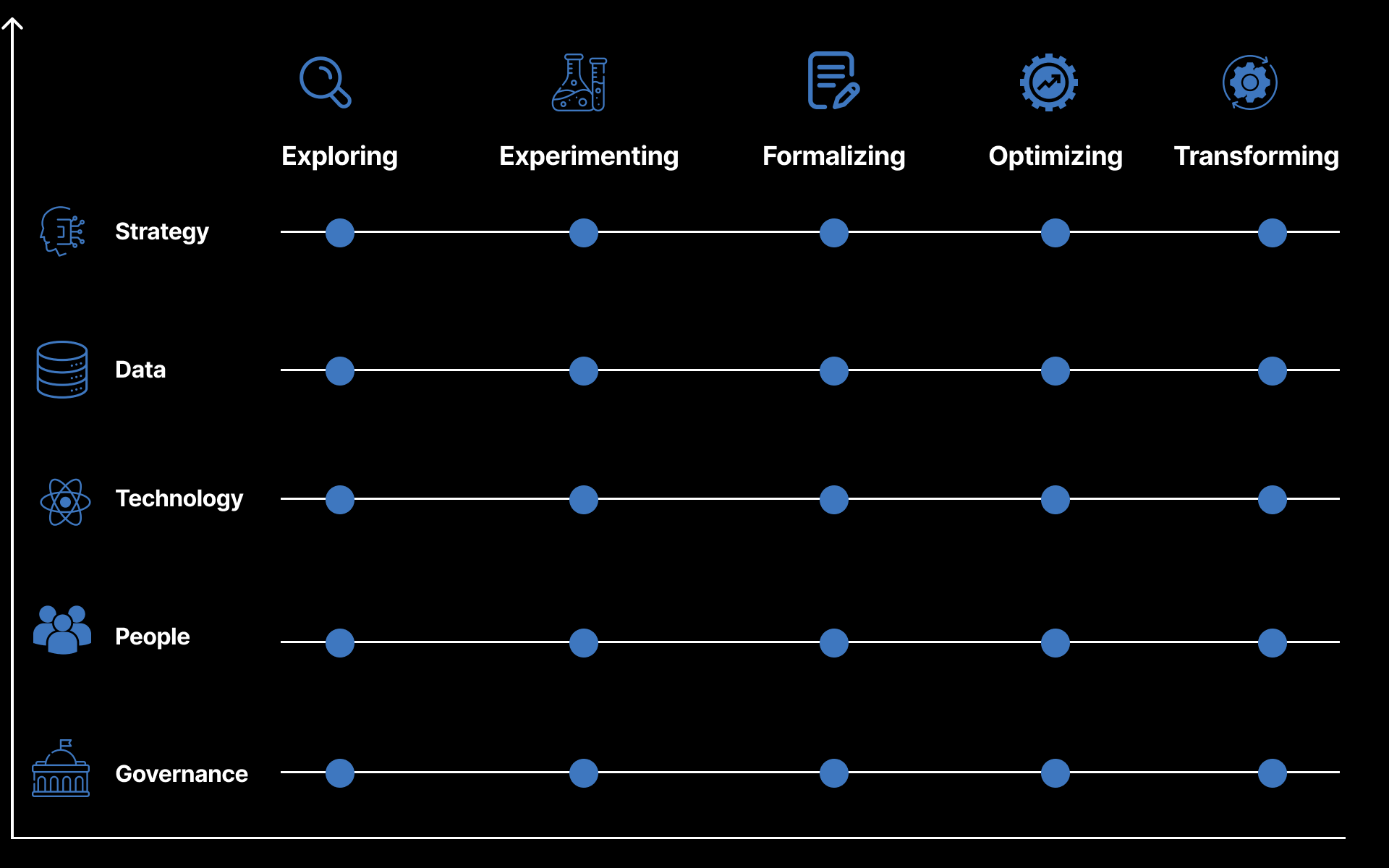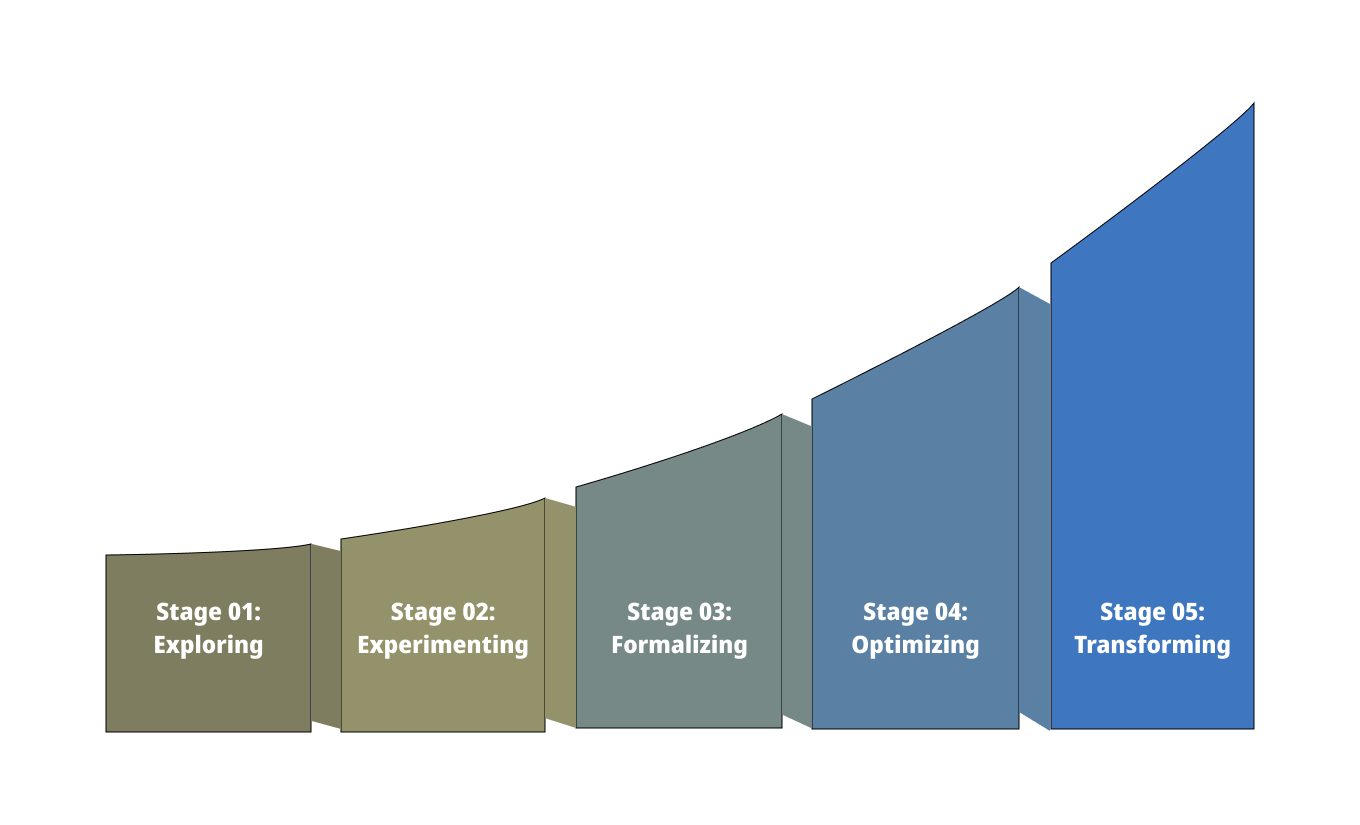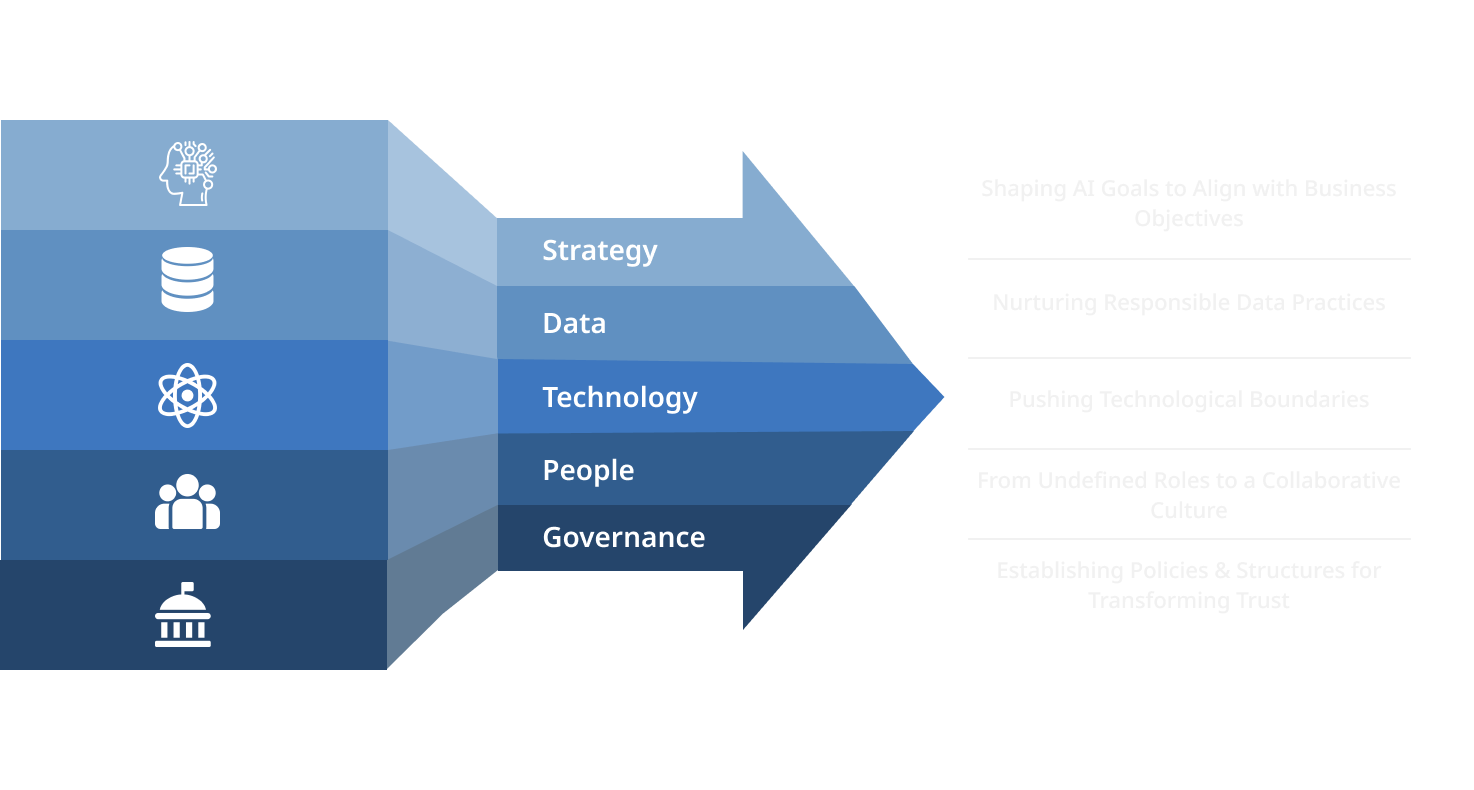





















Strategic Focus: Understanding AI’s potential and its applicability to business problems.
Ethical Focus: Developing high-level principles for responsible AI use and incorporating them into early AI explorations.
Strategic Focus: Understanding AI’s potential and its applicability to business problems.
Ethical Focus: Developing high-level principles for responsible AI use and incorporating them into early AI explorations.
Strategic Focus: Understanding AI’s potential and its applicability to business problems.
Ethical Focus: Developing high-level principles for responsible AI use and incorporating them into early AI explorations.
Strategic Focus: Understanding AI’s potential and its applicability to business problems.
Ethical Focus: Developing high-level principles for responsible AI use and incorporating them into early AI explorations.
Strategic Focus: Understanding AI’s potential and its applicability to business problems.
Ethical Focus: Developing high-level principles for responsible AI use and incorporating them into early AI explorations.


Aligning business objectives with AI goals, organizations define a comprehensive AI strategy that includes guidelines for ethically aligned AI applications in adherence to organizational values and societal standards.
Key Considerations:
Journey through Maturity:
Acquiring, preparing, and managing data for AI applications with a focus on responsible data collection, privacy assurance, and bias mitigation. Transparency in data handling processes builds trust through ethical data practices.
Key Considerations:
Journey through Maturity:
Covering tools, infrastructure, and workflows supporting AI, organizations implement technologies that support fairness, accountability, and ethical decision-making. Integration of practices allows users to understand, challenge, and trust AI decisions.
Key Considerations:
Technological Evolution:
Exploring: At this nascent stage, organizations lack specialized AI or machine learning solutions, with initial experiments often conducted on personal computers or cloud-based environments.
Experimenting: Data scientists and developers transition to using cloud infrastructure, tapping into GPU power beyond their laptops.
Formalizing: Technical controls emerge for the human-in-the-loop and explainability features, adhering to AI governance practices.
Optimizing: As the number of deployed AI models proliferates, organizations invest in new infrastructure for efficient AI development, deployment, and management.
Transforming: AI deployment architecture achieves standardization and efficiency, propelling the organization to push technological boundaries for state-of-the-art AI solutions.
Focusing on roles, skills, and measures of success for working smarter with AI. Providing training on ethical AI principles and practices, involving individuals in the ethical design and deployment of AI solutions to ensure diverse perspectives and ethical input.
Key Considerations:
Evolutionary Stages:
Establishing policies, processes, and structures ensuring responsible and ethical AI. Developing governance structures that oversee ethical considerations, compliance, transparency, continuous monitoring, and auditing of AI models for ethical implications.
Key Considerations:
Evolutionary Stages:




At VE3, our commitment to responsible AI development goes beyond philosophy; it’s ingrained in our practices and now accessible through our responsible AI development lifecycle. This model guides the integration of ethical considerations into every stage of the AI development process, promoting transparency and inclusivity. Explore our responsible AI development lifecycle, agile feedback loop integration, ethical AI commitment, and more, that empower developers to champion ethical practices effortlessly. We prioritize operational efficiency and contribute positively to societal welfare by addressing bias through algorithmic assessment, setting us apart as a leader in building trust, mitigating risks, and ensuring a positive impact in the evolving landscape of artificial intelligence.
CHOOSE VE3 AS YOUR ARTIFICIAL INTELLIGENCE PARTNER
Our clients trust us for our extensive experience and unwavering commitment to delivering results. We assemble a team of world-class Artificial Intelligence experts to ensure the success of your next project.